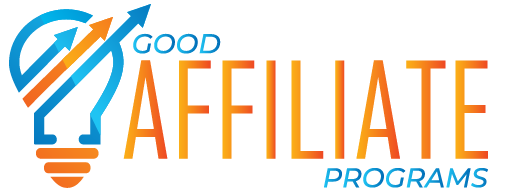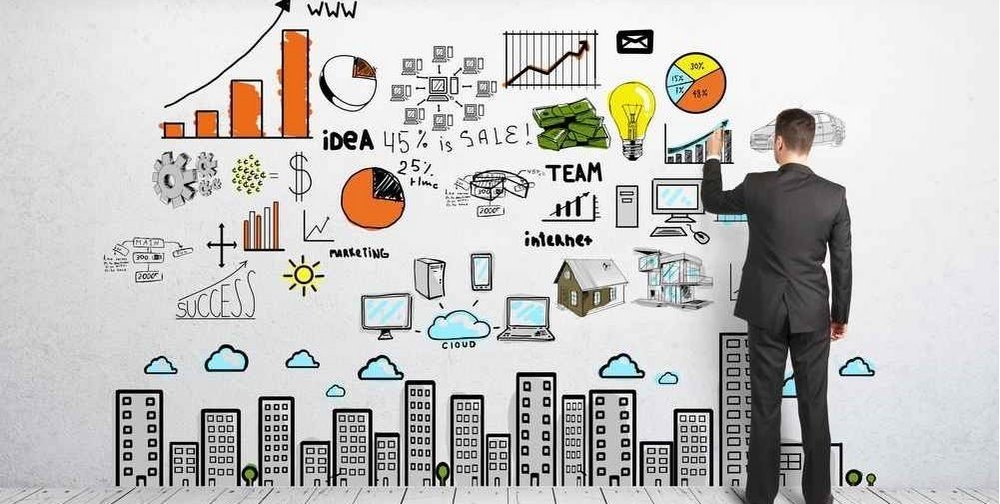
Effective time managers know that their company cannot afford to waste man hours on mundane HR tasks like filling out paper forms or repeating the same procedures over and over again. As a result of having so little assets at their disposal, this is the case. But, if a company invests in a Human Resources Management System (also called HRMS Software), it may quickly and effectively automate these time-consuming and laborious procedures, allowing HR workers to focus on tasks that provide more value to the company.
The Minimal Choices
Having minimal overhead expenses and great production are essential for every firm that hopes to succeed in the long run. To be competent in all of these areas, you need to be adaptable and well-versed in planning and organisation on top of your existing skillset. Not only that, but you’ll need to put together a crack team of highly trained and lethal combatants. Your company needs a well-equipped human resources department if it is to be successful in managing its employees and its business.
When do we talk about “using HRMS software,” and what does it entail?
To put it simply, human resource management system software is a system that helps businesses streamline and standardise their day-to-day HR operations by integrating, organising, and automating as many of these tasks as possible. It may perform a wide range of functions, including as organising, managing, and making readily available the company’s personnel data and organisational information. The market has been saturated with several HRMS systems due to the soaring popularity of such programmes. Systematized approaches to managing employees are often known as “human capital management” (HCM) or “human resource information system” (HRIS). At various price ranges, each of these options has its own own set of features and capabilities.
The Distinctions
Knowing the distinctions between human resource management systems (HRMS), human resource information systems (HRIS), and human capital management (HCM) is crucial.
These three terms allude to different approaches to managing a workforce, but they share one key feature: they all make use of the opportunities presented by cloud computing and information databases. It seems that both terms are used interchangeably among marketing professionals, analysts, and vendors. The fact remains, nevertheless, that HRMS, HRIS, and HCM all have their own distinguishing characteristics.
The Administration of Human Resources
Maybe the boundaries between these three will never be completely clear, but I hope this brief overview helps. In order to efficiently manage people, policies, and procedures, an HRIS (human resources information system) must provide the necessary fundamental HR capabilities. Talent and labour management are subfields of HCM, whereas HRMS systems include a wide range of features, including payroll and benefits management, to take care of all HR-related responsibilities.



